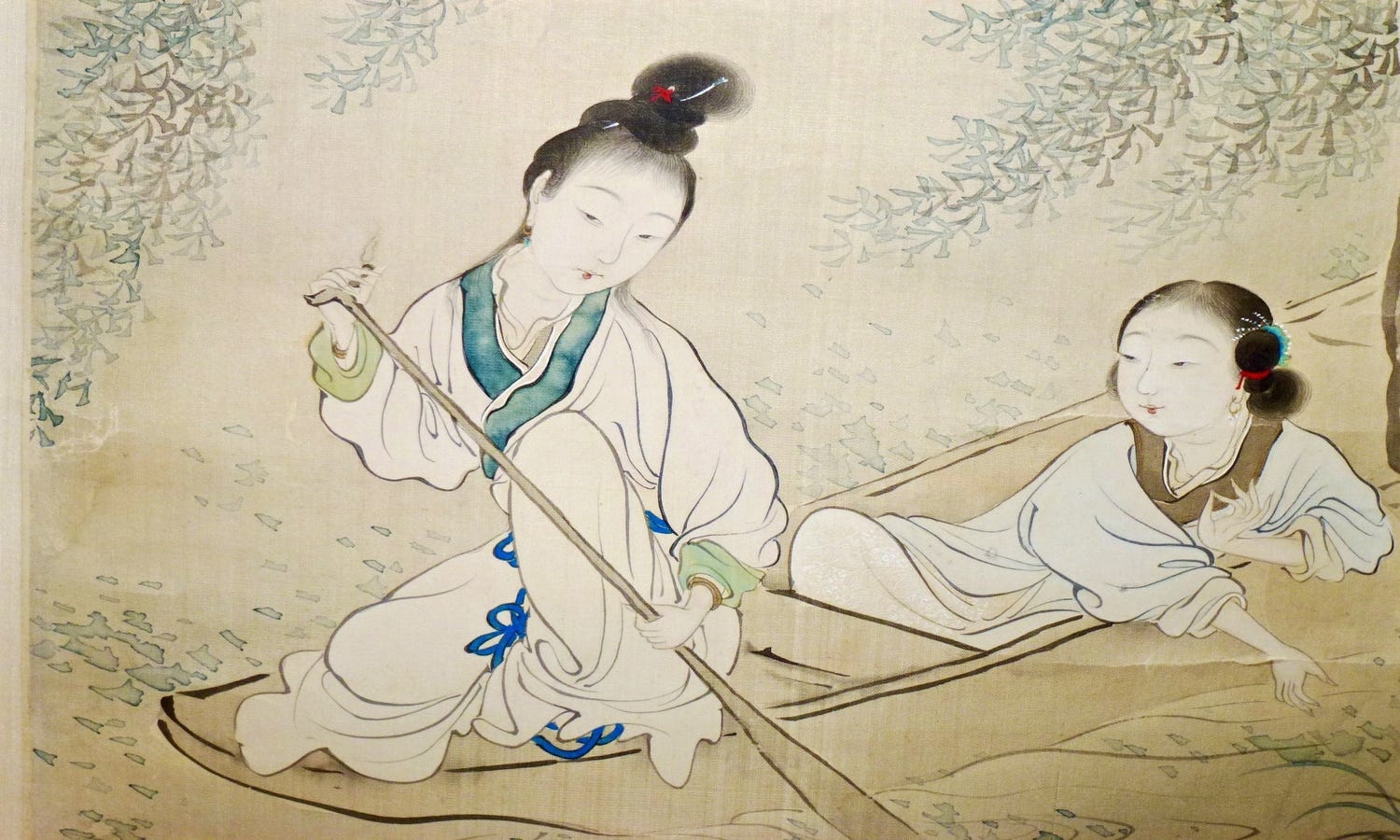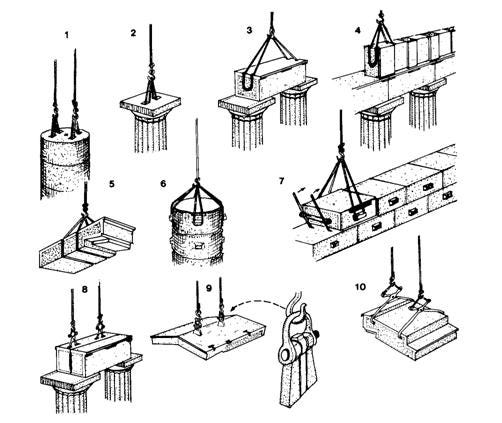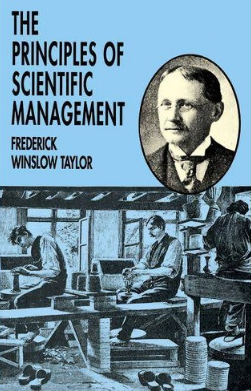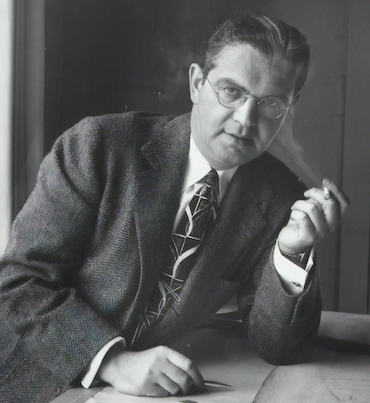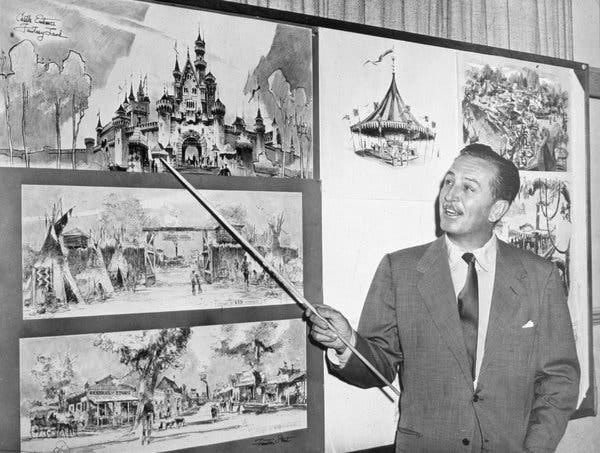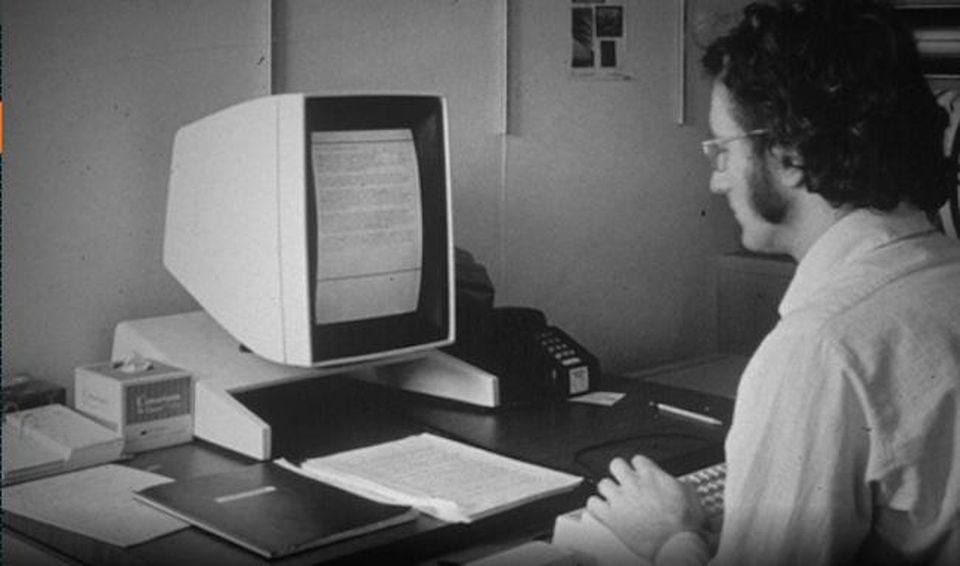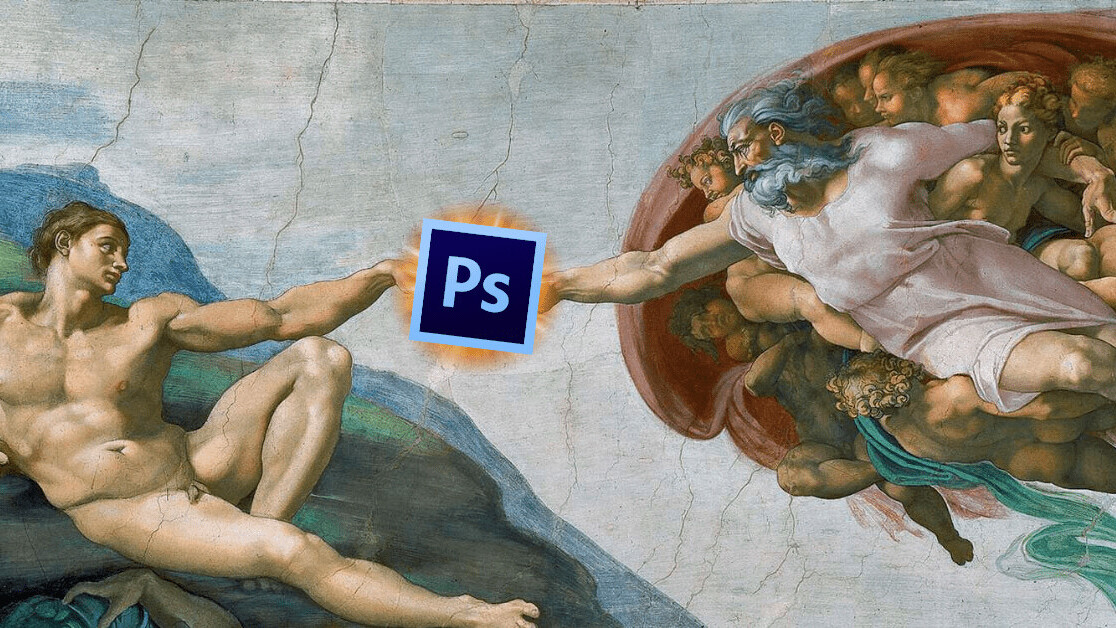
When you think about user experience design it’s a term we instantly associate with apps and websites. And especially when considering a typical job description of a UX designer, it can trick you into thinking that it’s a modern concept.
The term was first coined in 1993 by the cognitive psychologist and designer Don Norman when he worked at Apple Computer — but the UX field is older than the term.
So, I’m challenging you to explore with me the history of UX since it’s crucial to understanding this field. If you’re new to UX, this serves as a great introduction to the field and if you’re an experienced professional, it might just get you thinking differently.
While you may view history as something you learned way back in high school, knowing our history can provide valuable insights into the future. So let’s have a look at user experience and its origins.
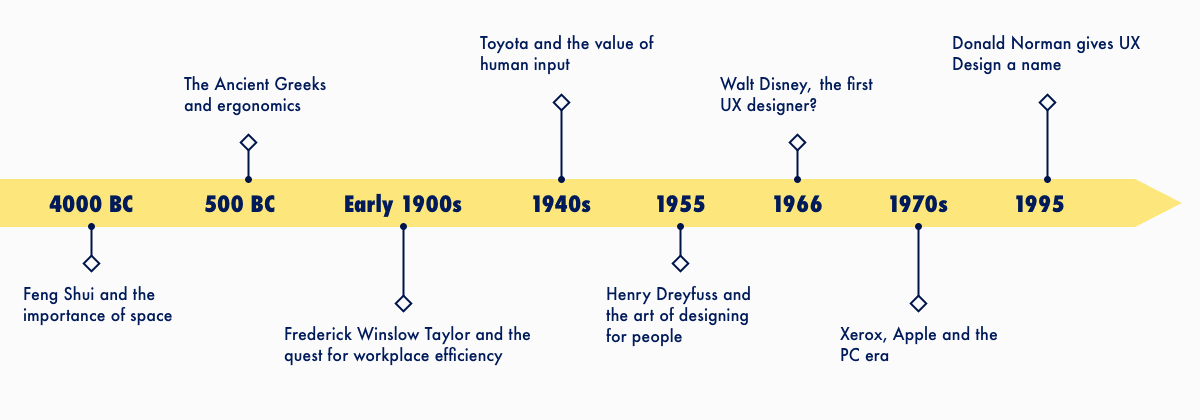
4000 BC: Feng Shui and the importance of space
The most basic principles of UX can be traced as far back as 4000 BC to the ancient Chinese philosophy of Feng Shui. It refers to the spatial arrangement of objects in relation to the flow of energy. In practice, Feng Shui is all about arranging your surroundings in the most optimal, harmonious or user-friendly way and it concerns everything from layout and framework to materials and colors.
If you’re still wondering what an ancient Chinese philosophy could possibly have to do with UX design, let me explain. If you were an interior designer arranging the furniture in a way that makes it easy for the inhabitant to navigate the room, a UX designer would apply similar principles to the task of creating a mobile app or a website. The end goal is the same: to create an intuitive user-friendly experience.
500 BC: The Ancient Greeks and ergonomics
Another trace of UX origins can be found in Ancient Greece. There’s evidence to suggest that in the 5th century BC, Greek civilizations designed their tools and workplaces based on ergonomic principles.
But, what does that have to do with UX? For those who don’t know, Ergonomics — also known as human factors — is the scientific discipline that considers how humans interact with other elements of a system and “the profession that applies theory, principles, data, and methods to design in order to optimize human well-being and overall system performance”.
So, how does this related to UX? Well, one of the strongest indications that the Ancient Greeks were well aware of ergonomic principles is a text written by Hippocrates describing how a surgeon’s place should be set up. He advises that the surgeon’s tools “must be positioned in such a way as to not obstruct the surgeon, and also be within easy reach when required.” Sounds a lot like UX, doesn’t it?
Early 1900s: Frederick Winslow Taylor and the quest for workplace efficiency
Fast forward a few thousand years to the early 1900s and we meet Frederick Winslow Taylor — a mechanical engineer and the pioneer of Taylorism — on a mission to make human labor more efficient.
Taylor conducted extensive research into the interactions between workers and their tools. In 1911, he wrote “The Principles of Scientific Management” in which he claimed that systematic management is the solution to inefficiency. Although Taylorism was widely criticized for the way it reduced people to mere cogs in a machine, Taylor’s focus on optimizing the relationship between humans and their tools is certainly evocative of some key UX principles.
1940s: Toyota and the value of human input
The next step on the timeline takes us to the 1940s where Toyota — on the quest for workplace efficiency — developed their famous human-centered production system.

The Toyota Production System was based upon respect for people, and much attention was paid to creating the optimal working environment, and just as important, human input was considered crucial and was actively encouraged. Toyota factory workers could stop the assembly line if they had feedback or suggestions to improve the process, just like UX designers do while in usability testing.
This represents a key step in UX history as it really brought attention to put the user first.
1955: Henry Dreyfuss and the art of designing for people
Another key figure in the history of UX design is Henry Dreyfuss, an American industrial engineer who was renowned for designing and improving the usability of some of the most iconic consumer products — including the Hoover vacuum cleaner and the tabletop telephone.
In 1955, Dreyfuss’ wrote ;Designing for People,’ where he explains UX design in a nutshell: “When the point of contact between the product and the people becomes a point of friction, then the [designer] has failed. On the other hand, if people are made safer, more comfortable, more eager to purchase, more efficient — or just happier — by contact with the product, then the designer has succeeded.”
1966: Walt Disney. Could he be the first UX designer?
Although it may not seem like it, Walt Disney is often hailed as one of the first UX designers in history. Disney was obsessed with creating magical, immersive, near-perfect user experiences, and the way he set about building Disney World was a true stroke of UX genius.
Walt Disney’s guiding principles for his team of engineers — or Imagineers, as he called them — were all about knowing your audience, wearing your guest’s shoes, communicating with color, shape, form, texture, and so on.
In 1966, Disney talked about a UX vision for what would become Walt Disney World. He’s envisioned a place to be “an experimental prototype that is always in the state of becoming, a place where the latest technology can be used to improve the lives of people.” If that isn’t what UX is all about, then I don’t know what is.
1970s: Xerox, Apple, and the PC era
The 1970s kicked off the era of personal computers, with psychologists and engineers working together to focus on the user experience.
Many of the most influential developments came out of Xerox’s Palo Alto Research Center (PARC), such as the graphical user interface and the mouse. In many ways, PARC set the tone for personal computing as we know it today.
Moving over to Apple’s original Macintosh which was released in 1984. It was referred to as the company’s first mass-market PC which featured a graphical user interface, built-in screen, and mouse. Since then, Apple has been a true innovator of user experience, from the first iPod in 2001 to the iPhone in 2007. The tech giant even had a hand in coining the term UX design.
1995: Donald Norman gives UX Design a name
In the 1990s user experience was pretty much spread but missing an official label.
As Donald Norman, a cognitive scientist joined the team at Apple in the early 90s he needed a term that would encompass all that UX is. As he explains: “I invented the term because I thought human interface and usability were too narrow. I wanted to cover all aspects of the person’s experience with a system, including industrial design, graphics, the interface, the physical interaction, and the manual.”
So, as Apple’s User Experience Architect, Norman becomes the first person to have UX in his job title.
In 1988, Norman published ‘The Psychology of Everyday Things’ later updated to ‘The Design of Everyday Things’ which continues to be a UX design major reference to this day. I wrote something thoughts about this book in this article in case you’re curious to know more.
Today is history in the making
Today, the term UX design has been a buzzword in the tech industry in the last few years. It’s a rapidly growing field and is expected to keep growing so much by 2050 that will dwarf anything we’ve seen so far.
The main value driver in the future economy will be user experience and I’m very confident in the future of the UX profession — what we’ve seen so far is nothing compared with what’s to come.
There has never been a better time to be a designer. But if you have looked at a myriad of job titles for designers recently and had trouble deciding where you fit, check my article about ‘Why the number of job titles for designers are an overkill.’
Get the TNW newsletter
Get the most important tech news in your inbox each week.
